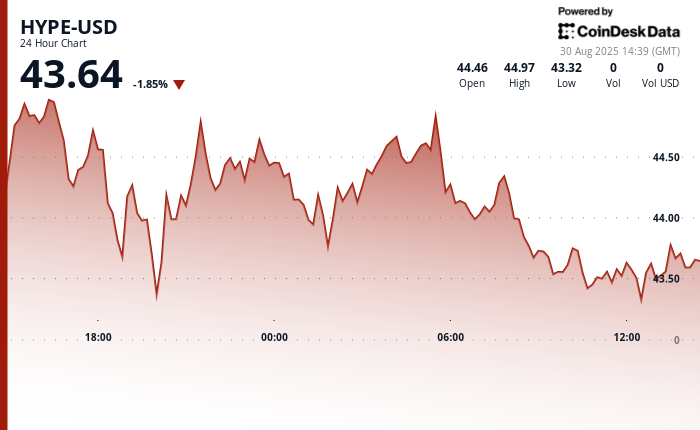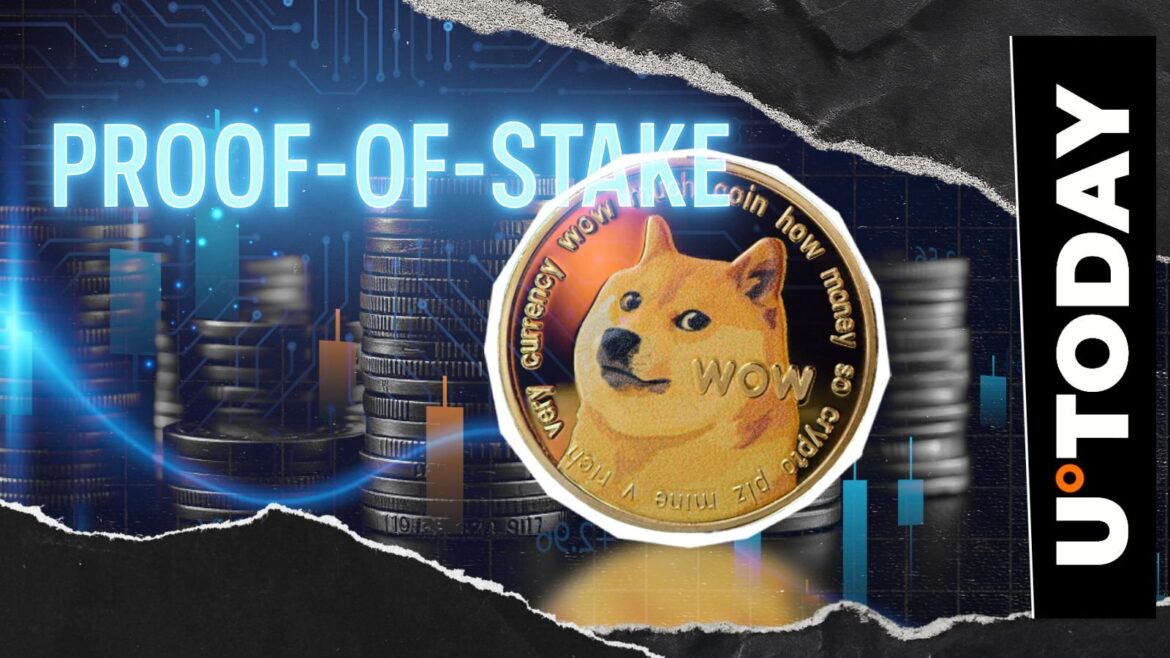Kersten James Chircop, Co-Founder and Business Development Director of GMR. Photo via GamingMalta
Betting is now emerging as a crucial part of the esports ecosystem.
|
Esports betting has become a driving force behind the growth of competitive gaming, according to GMR Co-Founder and Business Development Director Kersten James Chircop.
Speaking ahead of PLAYCON 2025, Malta’s annual video game and esports expo, Chircop said betting is now a core part of the ecosystem, fueling both professional teams and grassroots tournaments.
“When you speak about professional esports today, betting is one of the biggest revenue generators, even for the teams,” Chircop said in an interview with SiGMA News.
“Recently, Riot allowed teams to have betting sponsors. When you look at Valve, with Counter-Strike and Dota 2, betting sponsors have been one of the main players in events for a long time,” he added.
Esports betting revenues fueling teams and grassroots growth
Chircop stressed that partnerships with premier esports betting companies go beyond financial support, helping to build fan engagement and momentum around major titles.
Kersten James Chircop speaking at the launch of PLAYCON 2025. Photo via GamingMalta
“Having a betting sponsor obviously helps, and it is a working formula. It generates hype because events like Counter-Strike blew up when people got more invested. They start following teams to understand more. When it comes to that part, it is needed.”
He noted that sponsorships from leading betting operators also provide a trickle-down effect, supporting tier-two competitions and smaller teams that might otherwise struggle to compete. Regional differences, however, continue to shape how the industry develops across markets.
Chircop also pointed to PLAYCON, organized by GMR in collaboration with GamingMalta, as an example of how the esports ecosystem is expanding in Malta. The expo has grown into both a showcase for local talent and a platform attracting international investment, including from the betting industry.
“The idea of PLAYCON is to showcase what the local industry is all about—the career opportunities being created, game studios being established here, esports teams, and tournaments being organized,” Chircop explained.
Cosplayers at PLAYCON 2025 launch. Photo via GamingMalta
The event also serves an educational purpose, drawing thousands of students annually and introducing new initiatives such as the Schools Esports World Championships hosted by DAIGON Esports.
“We want kids to know what the video games industry is about, how to balance screen time and game time, and also to see that if you have the talent, esports can become a professional career,” Chircop said.
Now in its fifth edition, PLAYCON will run from Oct. 9 to 12 at the Malta Fairs & Conventions Centre (MFCC) in Ta’ Qali.
Looking at the global picture, Chircop said esports is entering a more mature phase, characterized by professional structures, international investment, and long-term growth strategies. He argued that betting will remain crucial to that development.
“At the end of the day, betting keeps people engaged. It adds hype, and the revenue helps sustain teams and events.”
Dot Esports is supported by our audience. When you purchase through links on our site, we may earn a small affiliate commission. Learn more about our Affiliate Policy









